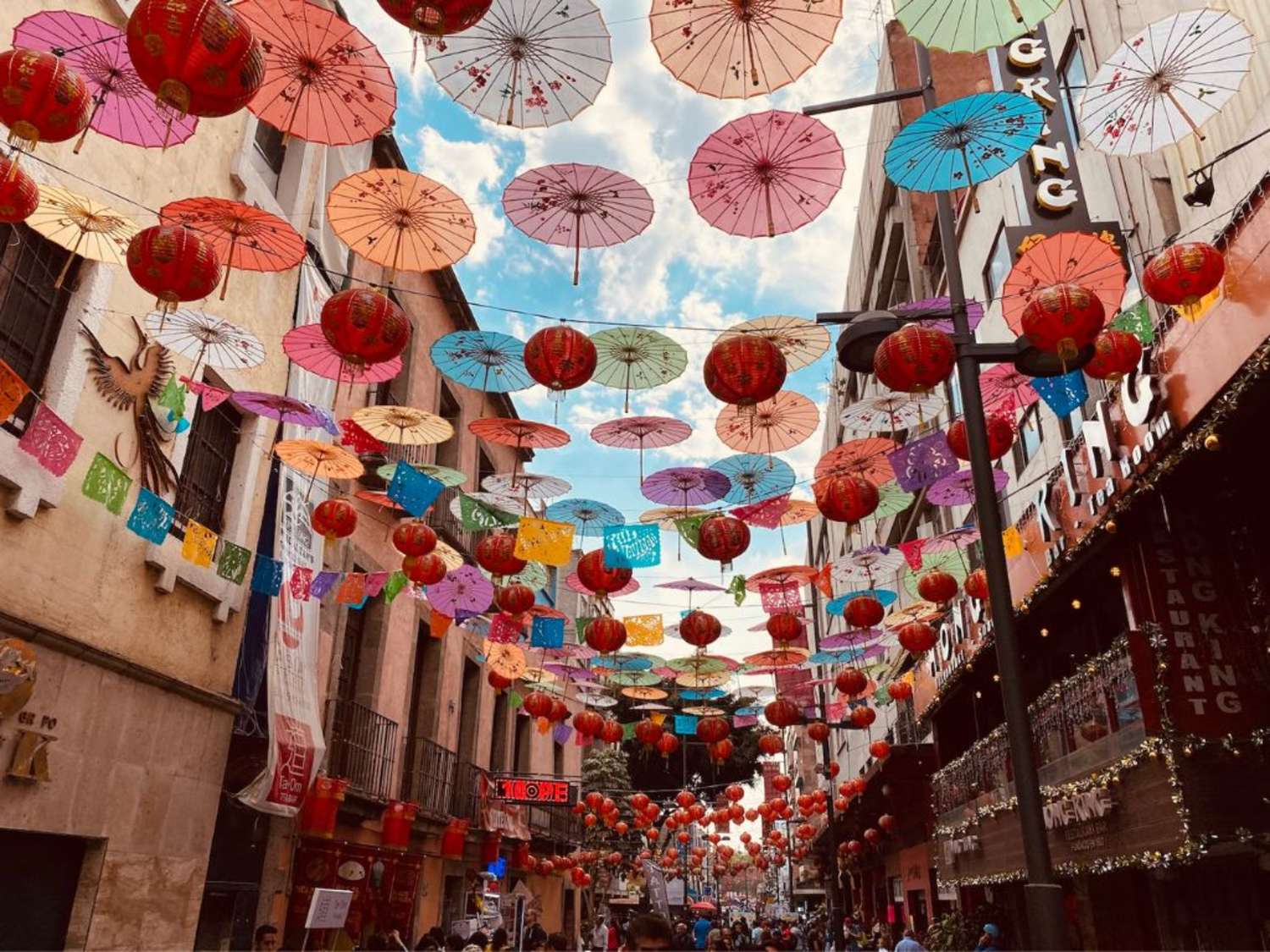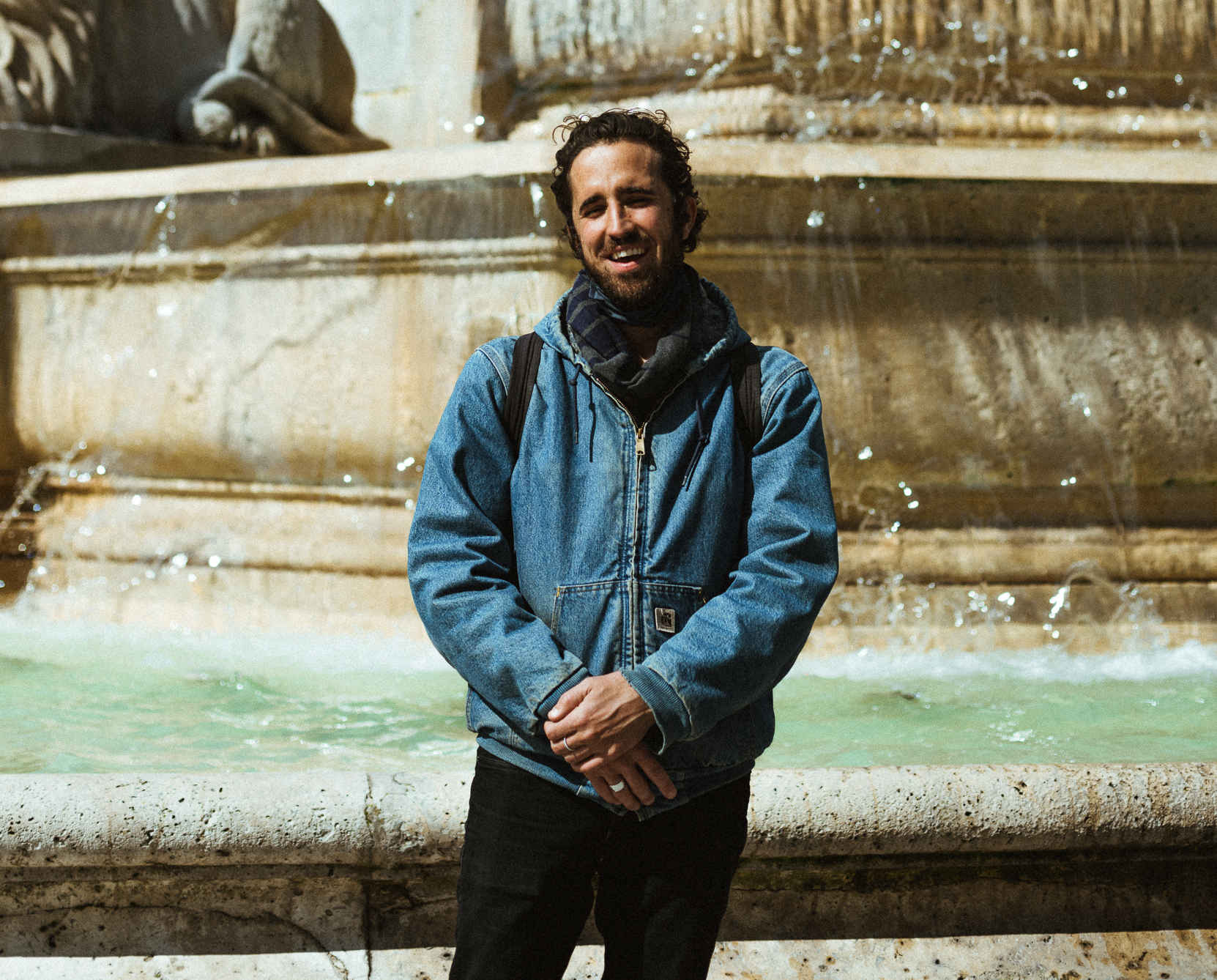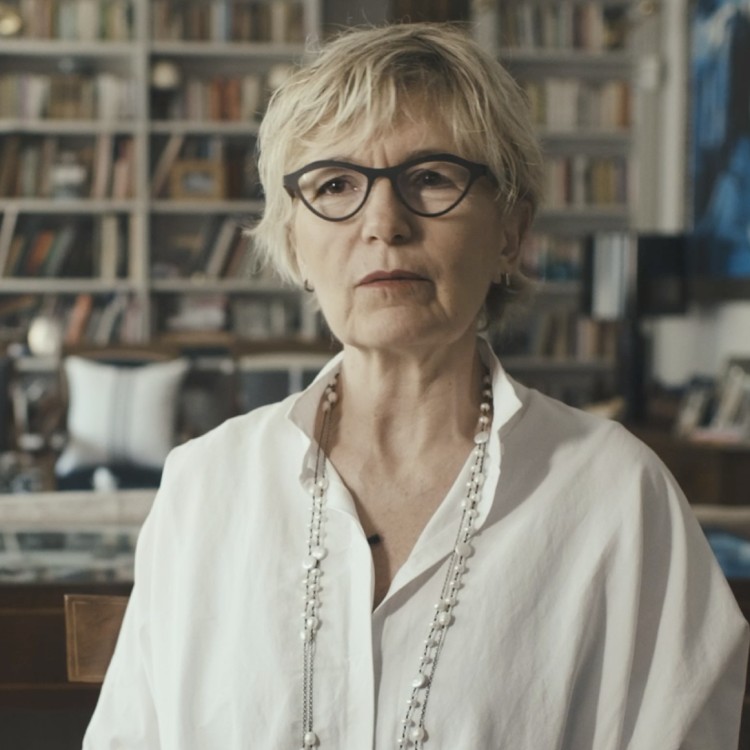Where else can vibrant colors, culture, and historic landmarks intertwine with modern marvels on every street? Mexico City is more than the cultural epicenter of Mexico; it is a place that evolves in tandem with the people who live there, constantly reinventing itself while simultaneously honoring its past.
Take advantage of Mexico City’s proximity to ancient ruins, pyramids, and other historical sites with easy day trips from Mexico City. You asked – and we answered – here are some of the best cities in Mexico to visit. And the best part? They’re all a quick trip from Mexico City!
Teotihuacan
Teotihuacan, the ancient Mesoamerican city located just outside Mexico City, is one of the most amazing archeological sites in the world.
The mystical and majestic Pyramid of the Sun and the Pyramid of the Moon have fascinated visitors for centuries, which is why Teotihuacan is one of the best day trips from Mexico City.
Our Teotihuacan full-day tour is the perfect way to enhance your understanding of these awe-inspiring Mexican pyramids. Along with your archaeology or history expert tour guide, you’ll uncover the secrets and embrace the history of this former metropolis as you adventure through three majestic pyramids.
Eager to kick your adventure up a notch? Experience the Aztec Pyramids from an aerial perspective during a Mexico Helicopter Tour.
Xochimilco
Xochimilco is a borough (alcaldía) in Mexico City, Mexico, known for its historical and cultural significance. The intricate network of canals and artificial islands (chinampas) that snake through Xochimilco was originally created by the indigenous people to cultivate crops for the area’s population. Xochimilco is recognized as a UNESCO World Heritage Site and is a popular tourist destination.
Known for its flowers and ornamental plants, Xochimilco celebrates its colorful history with trajineras, flat-bottomed boats adorned with flowers. You can even ride on one of these striking, brightly-colored boats and enjoy the scenery, music, and traditional Mexican food from vendors on the boats.
Xochimilco is also home to several ecological reserves and parks, such as the Ecological Park Xochimilco, which offers opportunities for hiking, biking, and birdwatching. The borough also has many historic churches, including the Parish of San Bernardino de Siena and the Ex-Convent of San Luis Tlalpizahuac.
Puebla
Just two hours southeast of Mexico City sits Puebla, a vivid and bright city known for its colonial architecture, vibrant culture, and delicious food. The city's historic center is a UNESCO World Heritage Site and is home to beautiful churches, museums, and markets. Stroll through the city’s numerous traditional markets and chat with locals, sample delicacies, and purchase handmade crafts.
Get the full Puebla experience and try mole poblano, the city’s famous dish consisting of a rich sauce made with chocolate and spices often served over chicken.
Puebla is also known for its natural beauty and outdoor recreational opportunities. The Popocatepetl and Iztaccihuatl volcanoes, known as the "Popo and Izta" volcanoes, are located in Puebla and are popular for hiking and mountaineering. Puebla has several national parks, including the Izta-Popo Zoquiapan National Park and the La Malinche National Park. Whether you want to visit for a day or plan weekend trips from Mexico City, Puebla offers a wealth of rich experiences and things to do.
Tepoztlán
Tepoztlán is a small town located just 50 miles south of Mexico City. It is renowned for its picturesque landscapes, rich cultural heritage, and spiritual significance. Tepoztlán has been designated as a Pueblo Mágico, or "Magical Town," by the Mexican government due to its unique charm and cultural significance.
One of the most notable landmarks in Tepoztlán is the Tepozteco Pyramid, an ancient Aztec temple perched on a cliff overlooking the town. The pyramid is dedicated to Tepoztecatl, the Aztec god of pulque (a traditional Mexican alcoholic beverage made from the sap of the maguey plant) and fertility. Climbing to the pyramid offers stunning panoramic views of the surrounding valleys and mountains, and it is a popular destination for hiking and cultural exploration.
Tepoztlán is also known for its artisanal flair. The town is home to many artists who produce traditional crafts such as pottery, weaving, and jewelry. There are numerous galleries, studios, and craft markets where visitors can purchase local handicrafts and artworks.
The town is famous for its traditional festivals and celebrations, which blend pre-Hispanic and Catholic traditions. One of the most well-known festivities is the annual "Danza de los Voladores" (Dance of the Flyers), a ceremonial dance performed by men who climb a tall pole, tie themselves with ropes, and spin down from the top, representing the sun and the cycles of life.
Tepoztlán also offers unmatched natural beauty. The town is nestled in a valley surrounded by lush mountains, making it an excellent destination for hiking, horseback riding, and exploring the nearby natural attractions, such as the Tepozteco National Park and the Amatlán de Quetzalcóatl, a park with natural waterfalls and caves.
Cuernavaca
Known as the "City of Eternal Spring" due to its mild and pleasant climate throughout the year, Cuernavaca is highly regarded for its historic landmarks and cultural heritage.
One of the main attractions of Cuernavaca is its historic center, which features well-preserved colonial buildings, churches, and plazas. The Cuernavaca Cathedral, also known as the Cathedral of the Assumption of Mary, is a prominent landmark in the city and dates back to the 16th century. Other notable churches in Cuernavaca include the Church of San Francisco, the Church of San Antón, and the Church of Santa Prisca.
Cuernavaca is also the home of The Palacio de Cortés, a historic building constructed by Hernán Cortés, the Spanish conquistador, as his residence in the 16th century. Today, it houses the Cuauhnáhuac Regional Museum, which exhibits artifacts and artwork related to the history and culture of the region.
The Jardín Borda is a beautiful garden in Cuernavaca that was once the summer residence of Emperor Maximilian I and Empress Carlota during the 19th century. It features well-manicured lawns, fountains, and colorful flowers, and is a popular spot for leisurely walks and relaxation.
Staying Closer to the City?
If your travels keep you closer to Mexico City, check out Context’s Mexico City in a Day Tour. Make the most of your time in Mexico City with a guided tour led by an expert historian.
This full-day tour, one of the most comprehensive in Mexico City, gives newcomers an overview of the magnificent metropolis through three distinct neighborhoods: Centro Histórico, Roma, and Condesa.
In the company of a local expert in history, architecture, or archaeology, you’ll experience the incredible evolution of the city — from Aztec capital to the largest city in North America— by visiting archaeological sites, architectural masterpieces, and some of the hippest neighborhoods, all while learning how the city’s ancient roots, urban modernization, art movements, and politics weave together to form the tapestry of this incredible city.
Mexico City Tour Sites:
- Zócalo
- Templo Mayor
- Metropolitan Cathedral
- Bellas Artes Museum
- Roma Neighborhood
- Condesa Neighborhood
Plan a Trip to Mexico City
You’ll leave Mexico City with a newfound appreciation for its culture, history, and its evolution from ancient wonder to a modern-day metropolis. Our Context guided tours of Mexico City are a fantastic way to see the city with a local expert, gain unique insights into Mexico City, and return home forever changed by the wonderful sights and sounds of CDMX.
You Might Also Like:













